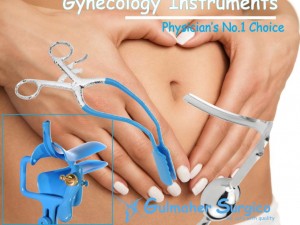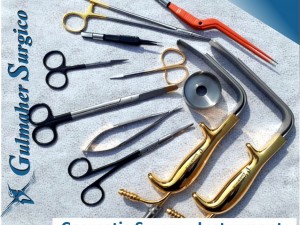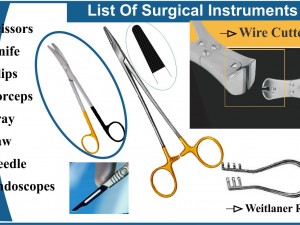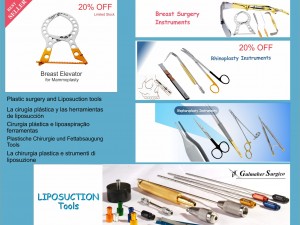Orthopedic Surgical Instruments
Orthopedic instruments are specialized tools used in the diagnosis, treatment, and surgical intervention of musculoskeletal conditions, including injuries and diseases affecting bones, joints, ligaments, and muscles. Here are some key points about orthopedic instruments:
Types of Orthopedic Instruments:
Scalpels and Scissors: for making incisions and cutting tissues.
Grasping Forceps: Grasping instruments used to hold tissues or other instruments.
Needle Holders: hold needles while suturing.
Handheld Retractors: Manually held to keep incisions open, such as the Richardson or Deaver retractors.
Self-Retaining Retractors: Hold themselves in place, allowing for hands-free operation, like the Balfour retractor.
Orthopedic Drills: for drilling holes in bones for screws or pins.
Oscillating Saws: for cutting through bone during procedures like joint replacements.
Plates and Screws: Used to stabilize fractured bones.
Joint Prostheses: Artificial joints used in procedures like hip or knee replacements.
Orthoses: Devices used to support or correct musculoskeletal deformities.
Uses:
Fracture Repair: Instruments are used to realign and stabilize broken bones.
Joint Replacement: Tools utilized to remove damaged joints and replace them with prosthetic devices.
Soft Tissue Repair: Instruments assist in repairing ligaments, tendons, and other soft tissues.
Sterilization: Orthopedic instruments must be properly sterilized to prevent infection.
Material Quality: Instruments are typically made from stainless steel or titanium for durability and biocompatibility.
Precision: Many orthopedic procedures require high precision, so the quality and design of instruments are crucial.
We manufacture orthopedic instruments with high-grade stainless steel material with a 1-year guarantee against manufacturing defects, corrosion, and function failure. We also facilitate surgeons, clinics, surgery centers, and distributors by providing orthopedic surgical sets. Some of the main orthopedic surgeries are:
- Hand and Upper Extremity
- Shoulder and Elbow
- Total Joint Reconstruction (arthroplasty)
- Pediatric Orthopedics
- Foot and ankle surgery
- Spine surgery
- Orthopedic Oncologist
- Orthopedic Trauma
These specialized areas of surgery are now not distinctive to orthopedic surgery. For example, hand surgical treatment is practiced by some plastic surgeons and backbone surgical operation is practiced by most neurosurgeons. Additionally, foot and ankle surgical procedures are practiced by board-certified doctors of podiatric medicine (DPM) in the United States. Some household exercise medical practitioners exercise in sports activities in medicine; however, their scope of exercise is non-operative.


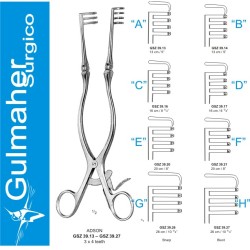

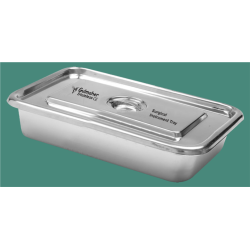

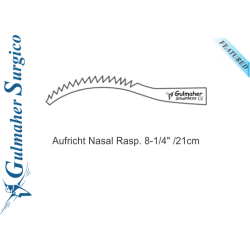
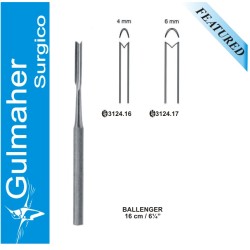
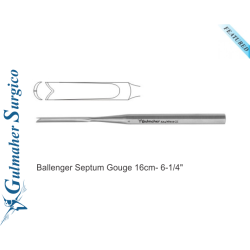
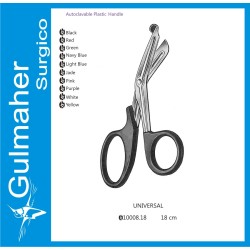


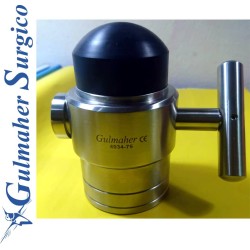

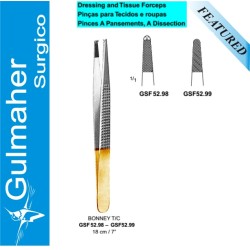
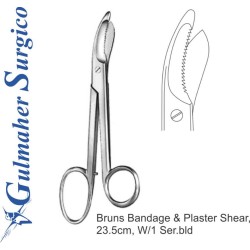
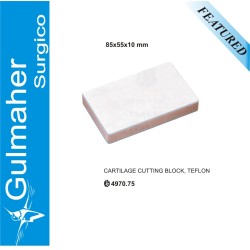
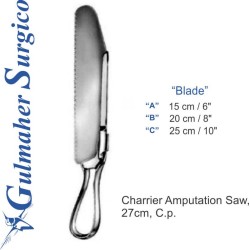
-300x225h.png)
